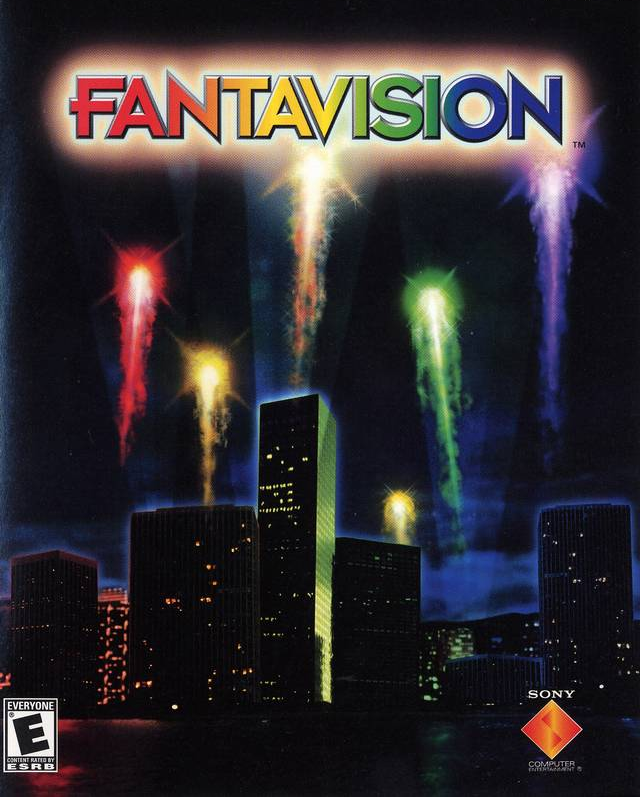

Ryan Amon: Visually, there was a Victorian-Gothic crossover and just a hint of fantasy. To celebrate the CD and digital release of the Bloodborne Original Soundtrack and gain a little insight into how it was made, we spoke with Tsukasa Saitoh, Yuka Kitamura and Nobuyoshi Suzuki from the sound team at FromSoftware composer Ryan Amon, whose previous credits include the soundtrack to Neill Blomkamp’s Elysium and Peter Scaturro at PDSG.Ĭongratulations on the CD and digital release of the Bloodborne Original Soundtrack! What influences and inspirations drove the style and composition of the score? The ambitious music project was a globe-spanning collaboration between JAPAN Studio, From Software, and SCEA’s Product Development Services Group (PDSG), and was recorded at London’s prestigious AIR Studios.Īnd you can now set your heart racing even when you’re not playing Bloodborne, with the score available to listen to on its own - from the punishing orchestral stabs of “Blood-starved Beast” to the soothing respite of “Hunter’s Dream.” You can then use the rope to do different things – climb to a location, yank an object down from a ledge, grapple an enemy, etc.Bloodborne’s boss fights are dead scary, and heightening the sense of terror is the epic musical score. Ours is different in that it simply allows you to create a physically simulated rope at will.

“Typically in games, grappling hooks are a “zoom to location” mechanic. We really felt there was an opportunity to rebuild the feature for VR from the ground up and give players something surprising and extremely fun. They do make mistakes though, and if they fail and your sword connects with their body, it will do damage.” – Todd Adamson, Creative DirectorĪnother place where we took inspiration from traditional games is the Grappling Hook.

This applies to enemies also, so the AI will actually predict the incoming angle of your attack and position their sword properly to block it. Combat is all physics based, and we require real weapon collision for things like block and parry. In Behemoth you will fight human enemies that are smart and have thoughts and feelings. “In Saints and Sinners melee combat was only really for the walkers. The total input space granted by the hardware and unpredictable motion of a player’s attacks can make enemy AI a complex problem. With VR, the challenges are vast compared to flat screen games when it comes to melee combat. We didn’t just want to expand upon the deeply tactile combat mechanics we developed in The Walking Dead: Saints and Sinners franchise, we wanted to continue to innovate, to discover ways to take familiar mechanics and make them fresh. And that’s how it feels to wander the Forsaken Lands, that your fate could be the same.”– Dylan Scher, Principal Concept Artist Ultimately, everything is reclaimed by nature. And threaded into all of it is the ancient remnants of a collapsed civilization, and the secrets its ruins may still hold. Caves that descend through darkness into massive underground lakes. A massive glacier looming over a ruined coast. Great, sheer cliffs descend into the foggy unknown.

The people here are all outcasts, sent to this distant corner of the world to live out their final days among the Behemoths, and we wanted the danger and monolithic scale of these creatures to be reflected in the landscapes. “We really wanted to capture a world that was both brutal but beautiful. The player will need to dig deep into the world’s mysteries to acquire an understanding of the true stakes. As the story progresses, the glimpse of hope obtained will always be tempered by the serious challenges ahead. The player will face nigh-invulnerable monstrosities and will need to rely on their own cleverness to defeat them. From the outset, the player is thrust into a world where all hope is lost.


 0 kommentar(er)
0 kommentar(er)
